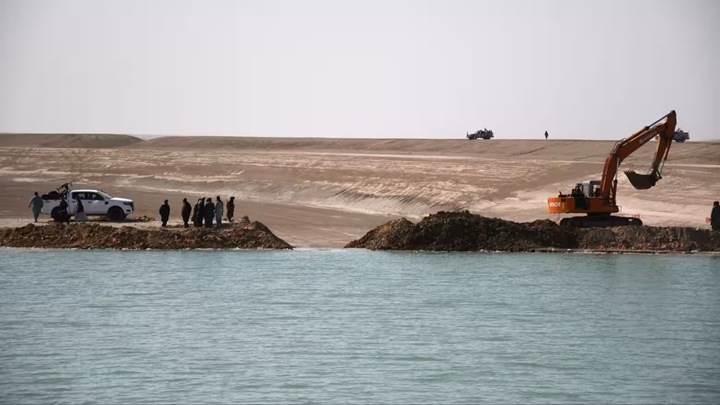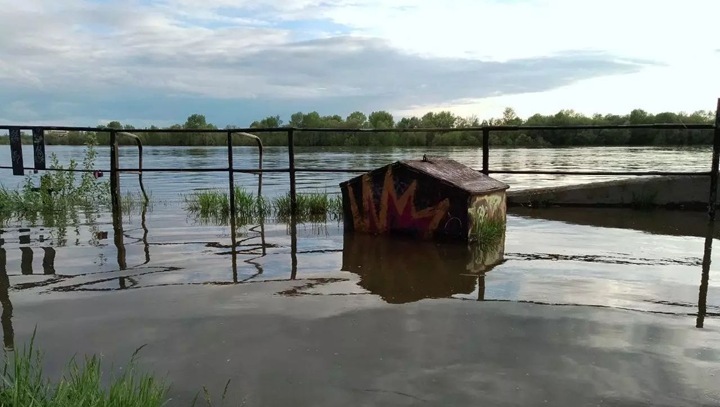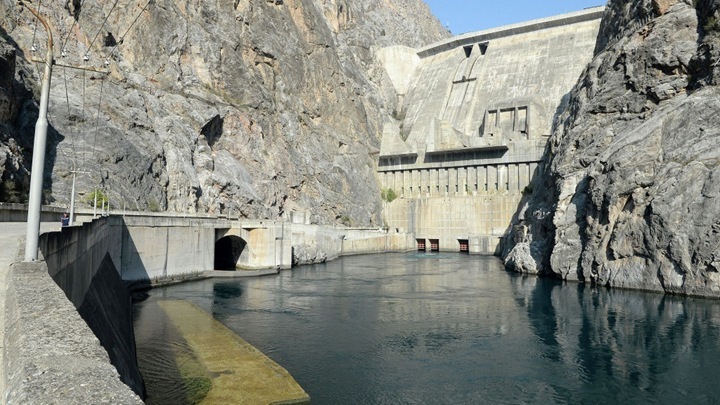The lands around Qosh-Tepa are promised to be turned into agro-industrial centers
Acting Minister of Agriculture, Irrigation and Livestock of Afghanistan Ataullah Omari at a recent meeting dedicated to the presentation of the plan for the effective use of land around the Qosh-Tepa canal stressed the importance of rational use of land adjacent to this water body. He noted that after the completion of the construction of the canal, it is necessary to create organized industrial, agricultural and livestock centers around it.

The representative of the Ministry of Agriculture, Irrigation and Livestock of Afghanistan, Misbahuddin Mustain, said that the meeting discussed the significance of the Qosh-Tepa canal project and the preparation of a plan for its implementation. Minister Omari drew attention to the need for effective use of the lands adjacent to the canal.
Experts consider the Qosh-Tepa canal project to be critically important for the development and mechanization of agriculture, as well as for the economic growth of Afghanistan. The head of the Executive Council of the Chamber of Agriculture and Livestock of Afghanistan, Wasim Safi, said that projects like the Qosh-Tepa channel will contribute to the industrialization of the country’s agriculture, which will benefit it.
Abdul Zahur Madbar, an expert on economic issues, noted that the Qosh-Tepa canal is one of the key infrastructure projects in Afghanistan aimed at managing water resources, expanding agricultural land and improving food security.
The Ministries of Agriculture, Finance, Energy and Water Resources, Urban Development and Housing Construction, as well as other relevant institutions of Afghanistan are working together on the distribution of land and the creation of agricultural and industrial complexes around the Qosh-Tepa canal, TOLOnews reports.


